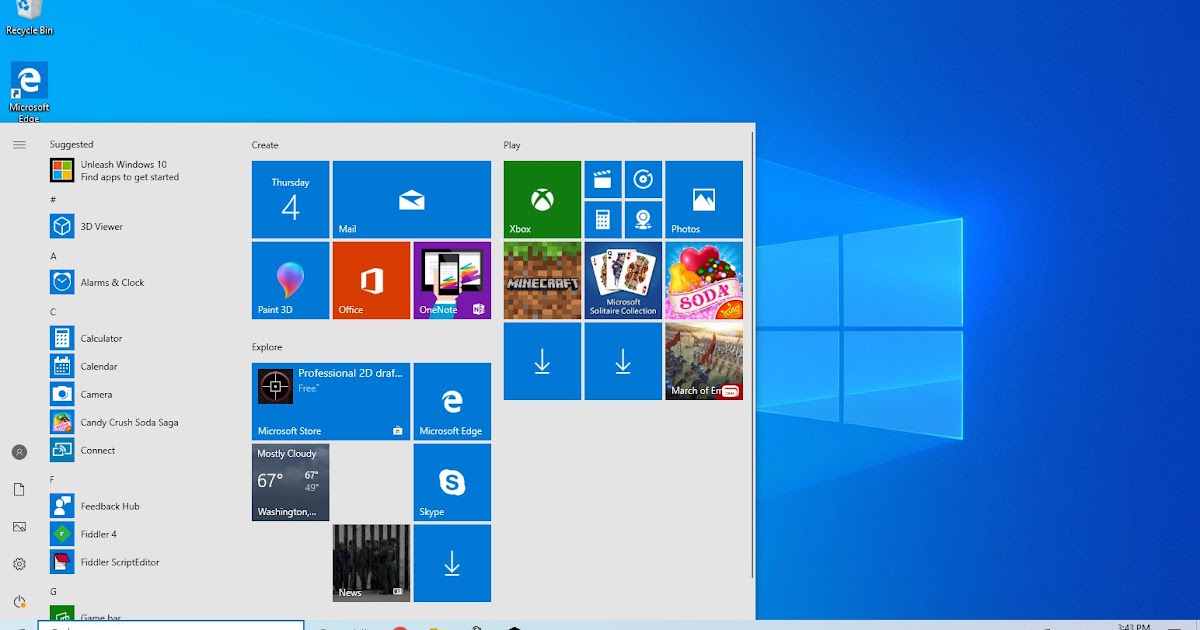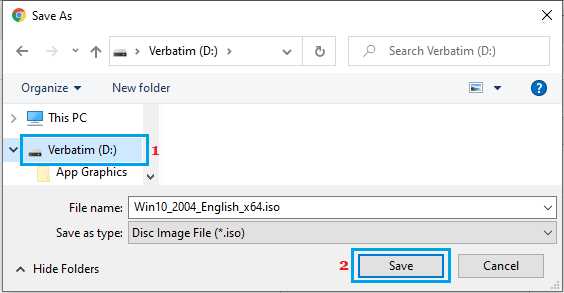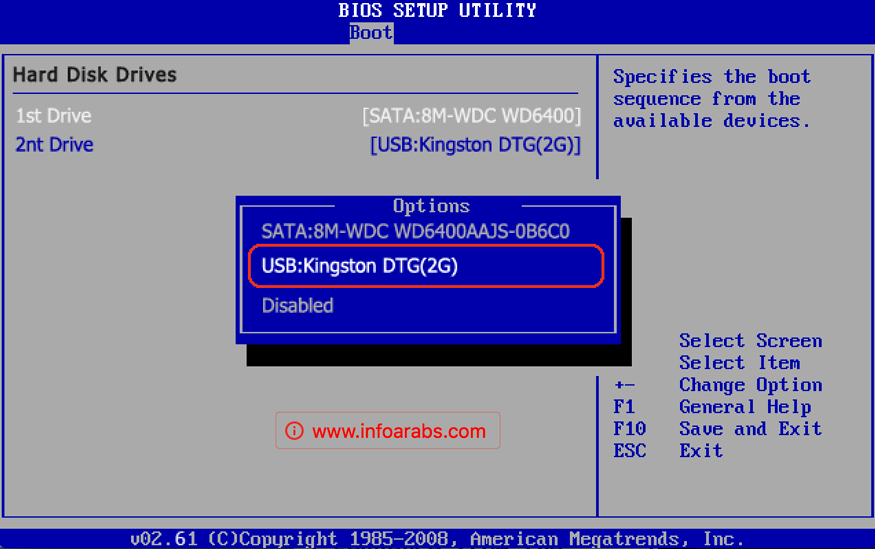

- عمل ISO TO USB WINDOWS 10 HOW TO
- عمل ISO TO USB WINDOWS 10 INSTALL
- عمل ISO TO USB WINDOWS 10 64 BIT
- عمل ISO TO USB WINDOWS 10 FOR WINDOWS 10
- عمل ISO TO USB WINDOWS 10 SOFTWARE
عمل ISO TO USB WINDOWS 10 FOR WINDOWS 10
If you don't see it, enable Show hidden files and folders.ĭownload the latest version of ESD Decrypterĭownload ESD Decrypter for Windows 10 build 14393 and below
عمل ISO TO USB WINDOWS 10 SOFTWARE
Install.esd (Electronic Software Delivery) is created in the folder C:\$Windows.~BT\Sources\Ĭopy the Install.esd file from the folder to your Downloads or Documents folder.
عمل ISO TO USB WINDOWS 10 INSTALL
Please note, if you plan to use this same ISO image to install or upgrade another computer, it must be running the same edition or at least have a product key that can activate it.ĭownloading Windows 10 through Windows Update, a copy of the installation file called a Creating a ISO from the same PC you upgraded is also convenient if you have a second computer running a qualifying previous version of Windows you would like to upgrade, so it significantly saves Reset pc functions, but these are limited by clean installs. MicrosoftĪlso provides ISO media, but if you are are already downloading Windows 10 through Windows Update, why not create your own? This is convenient for reinstall purposes especially if you need to perform a USB-HDD) as the first boot device.The primary method of delivery for Windows 10 At “ Boot Order” setting, set the USB disk (e.g.(This setting is commonly found in the" Advanced BIOS Features" menu). In BIOS menu, find the " Boot Order" setting.In Sony Vaio laptops that support UEFI, you have to press the “ASSIST” key on your laptop, while your laptop is Powered-OFF). If your computer supports UEFI, press the the corresponding button according to your computer’s manufacturer instructions. * Note: The way to enter into BIOS Settings depends on the computer manufacturer. Power On your computer and press " DEL" or " F1" or " F2" or " F10" to enter BIOS (CMOS) setup utility.– In order to boot from the USB disk, you must set the USB as first boot device from your BIOS settings.To do that: When Rufus operation is completed, close Rufus utility, unplug the USB stick and use it to troubleshoot Windows 10 or to perform a clean OS installation. ( Wait until Rufus utility erases your USB stick and transfers Windows 10 ISO files )ĩ. Read carefully the warning message and press “ OK”. In order to boot from a non UEFI USB flash drive, you must apply the following setting in BIOS:Ī.
عمل ISO TO USB WINDOWS 10 64 BIT
Non UEFI (legacy) supports both 32 & 64 bit Windows.Under New Volume Label, you can enter any volume name for the USB disk.At Cluster size, leave the: 4096 bytes (default).At Target system, select BIOS (or UEFI-CSM).

If your computer supports LEGACY (or UEFI is Disabled), then apply the following settings in RUFUS (see Screenshot 2):
عمل ISO TO USB WINDOWS 10 HOW TO


Download Windows 10 in a ISO file.įirst of all, proceed and download a legally copy of Windows 10 in a ISO file. How to Create a Bootable Windows 10 USB Flash Drive using RUFUS utility. An EMPTY USB Disk with at least 8GB storage space. The Windows 10 USB installation media can be used to install Windows 10 from USB, or to repair a damaged Windows 10 installation.ģ. In this tutorial you can find step by step instructions on how to create a Windows 10 USB installation media, from a Windows 10 ISO image file, by using the RUFUS USB creator utility.


 0 kommentar(er)
0 kommentar(er)
